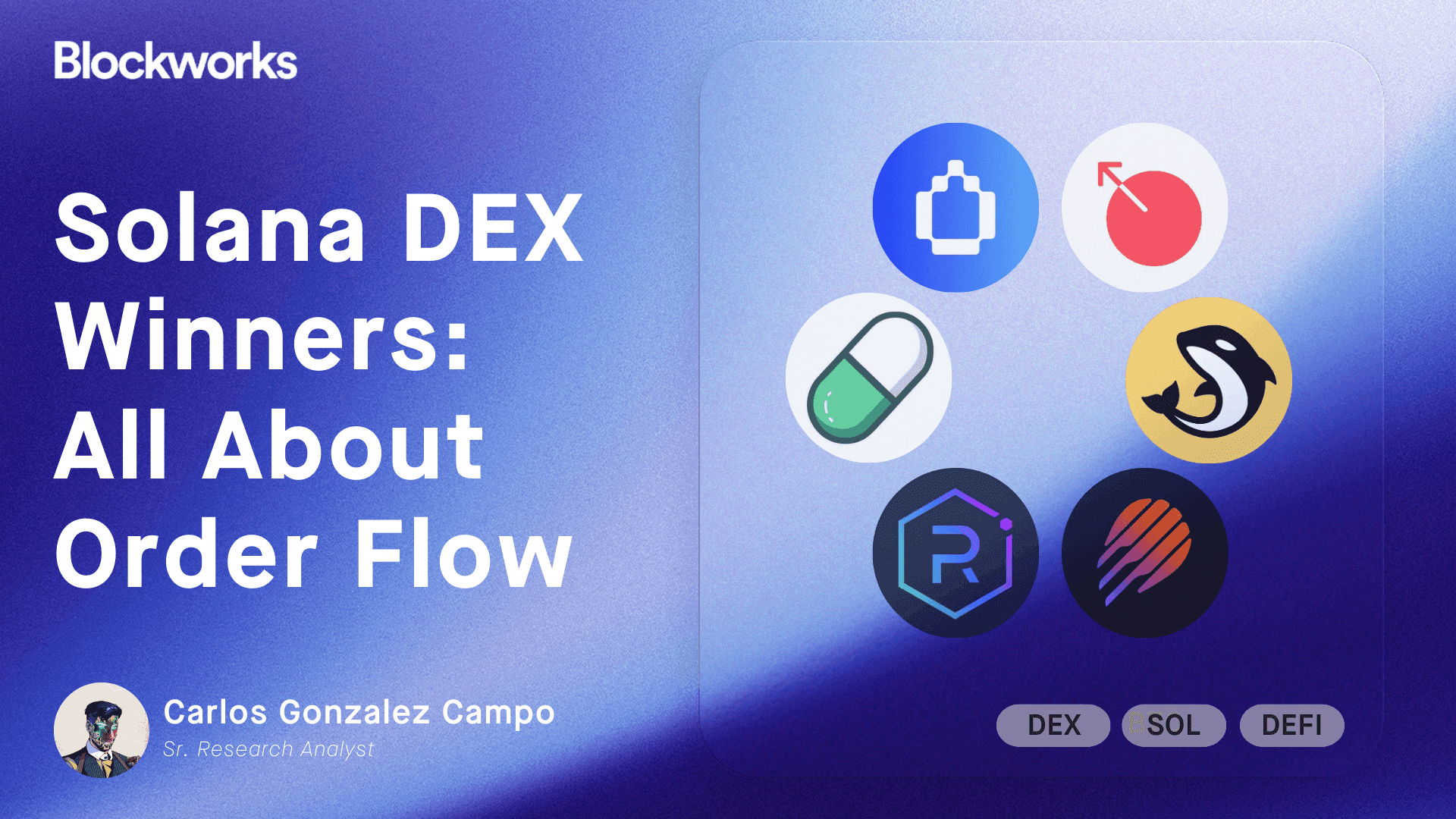‘Critical vulnerability’ reported in Balancer v2 pools
The vulnerability has been mitigated in around 80% of the affected v2 pools

Tang Yan Song/Shutterstock modified by Blockworks
Liquidity protocol Balancer has discovered and disclosed a “critical vulnerability” affecting more than 100 of its v2 pools across eight blockchains.
Balancer said the issue has been mitigated in around 80% of the impacted pools. The remaining 20% of affected pools represent roughly 4% of Balancer’s total value locked (TVL).
The Balancer team posted a list of affected pools on its GitHub page and its emergency subDAO has been activated, enabling users to exit from affected pools.
“We believe funds in the mitigated pools (labeled ‘mitigated’) are safe, but nevertheless strongly recommend timely migration to safe pools, or withdrawal,” Jeff Bennett, a software engineer at Balancer Labs, wrote in a post.
Bennett urged all liquidity providers to exit their positions in affected pools immediately.
“Pools that could not be mitigated are labeled ‘at risk.’ If you are [a liquidity provider] in any of these pools, please exit immediately,” he wrote.
The situation had an immediate market impact. The price of Balancer’s native token BAL dipped by over 4% on the news of the vulnerabilities. BAL’s price has since recovered, trading at $3.47 at the time of writing.
Blockworks Research analyst Spencer Hughes noted that the Balancer vulnerability shows that smart contract audits cannot guarantee total safety, and that it is important to note that they never claimed to be.
“With ~$830M TVL, a Balancer exploit would have left one of the most prominent DEXs for dead,” Hughes said. “Emergency SubDAOs are definitely very important for all DeFi protocols, and it is great that they were able to act before anything malicious could occur.”
Get the news in your inbox. Explore Blockworks newsletters:
- The Breakdown: Decoding crypto and the markets. Daily.
- 0xResearch: Alpha in your inbox. Think like an analyst.






